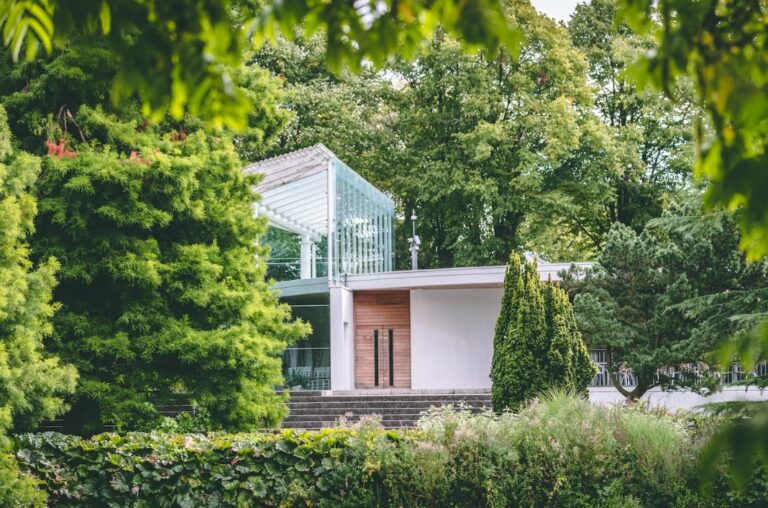Hemp, algae or demolition waste. These are just some of the green materials that architects and engineers believe could one day be used in construction to green buildings, which account for 40% of global carbon emissions.
The idea was launched this year at the Klosters Forum (TKF), a global meeting designed to address some of the most pressing environmental challenges and accelerate positive change.
Table of Contents
The Klosters Forum and the ideas presented
During a workshop, Ditte Lysgaard Vind, a Danish circular economy specialist, gave forum participants samples of building materials made from recycled beer kegs and sea plants. “We can design the world of tomorrow with today’s waste, while designing a world without waste,” he explained. “As we get deeper into bioengineering, we can transform nature into cost-effective biomaterials at scale.”
Another building product shown by Lysgaard Vind was made of seaweed, a plant species found in estuaries, bays and other shallow coastal areas. Zostera absorbs three times more greenhouse gases than trees, as well as having other advantages. It is fireproof, resistant to rot and is a good insulator. Using a traditional Viking method, it can also be thatched and used to create pre-fabricated panels, which can be easily installed on roofs and facades.
As mentioned by some TKF participants, algae are also a biomaterial that could be used in construction. They are in fact recognized as a material with a high capacity to absorb carbon dioxide, tolerate and adapt to extreme environmental conditions.
Research shows that microalgae can trap carbon dioxide fifty times more efficiently than plants. A pond with a volume of 4,000 m³ can absorb around 2,200 tonnes of CO2 per year.
The high photosynthetic efficiencies of algae are also complemented by high biomass yields, making them an effective source of energy.
Architects and scientists are experimenting with innovative projects to incorporate algae into building design, for example by covering the facade with a curtain of algae that can capture CO2 and pollutants, reduce heat and produce oxygen.
Brown gold: clay-based waste and use in construction
Recycled construction waste is another possible solution to the carbon emission problem in the construction sector. During the forum, Gnanli Landrou, co-founder of the Swiss company Oxara, demonstrated the cementless technology that his startup has developed.
Oxara’s patented method mixes clay-based excavation waste with a mineral additive, which hardens after 24 hours, ready for use in building floors and non-load-bearing walls.
Oxara’s product has all the processing advantages of conventional concrete. But it emits twenty times less carbon and is cheaper. It can therefore help build affordable housing. It could be a crucial step forward. According to the EU, in fact, construction and demolition waste represents, by mass, the main type of waste. And 15% ends up directly in landfill.
Read also: All about carbon-neutral architecture: how it is becoming trending and necessary
The risk of “strandings”
Alternative building materials are promising, but their commercialization has been slow, in a sector that is traditionally resistant to technological evolution.
However, Lysgaard Vind believes that there can be a real change, thanks to new dynamics between those who develop new materials and climate-conscious investors.
Developers, both large and small – Lysgaard Vind – have no choice but to incorporate sustainability to avoid the risk of their buildings becoming a “stranded” asset. “Construction is becoming an asset class capable of offering investment opportunities,” he says. “Since investors are the main decision makers, the demand for sustainability and transparency is now a positive factor.”
A look at investments
The real estate sector, under pressure to reduce its enormous environmental footprint, is looking at new, increasingly modular construction methods. In fact, an approach of this type can reduce the waste generated during the construction and demolition phase to almost zero.
Modular sites, operating in a more controlled environment, generate up to 70% less traffic than traditional ones.
Environmentally friendly buildings promote better real estate investments. Buildings with stronger environmental credentials generate higher rents, lower obsolescence rates, better tenant satisfaction and fewer vacancies.
Read also: Stockholm Wood City: from Sweden the world’s largest wooden neighborhood












